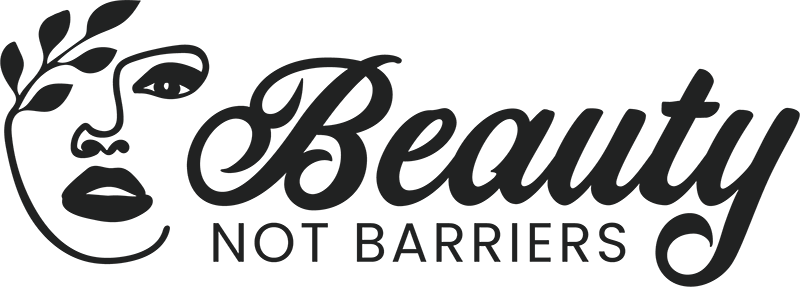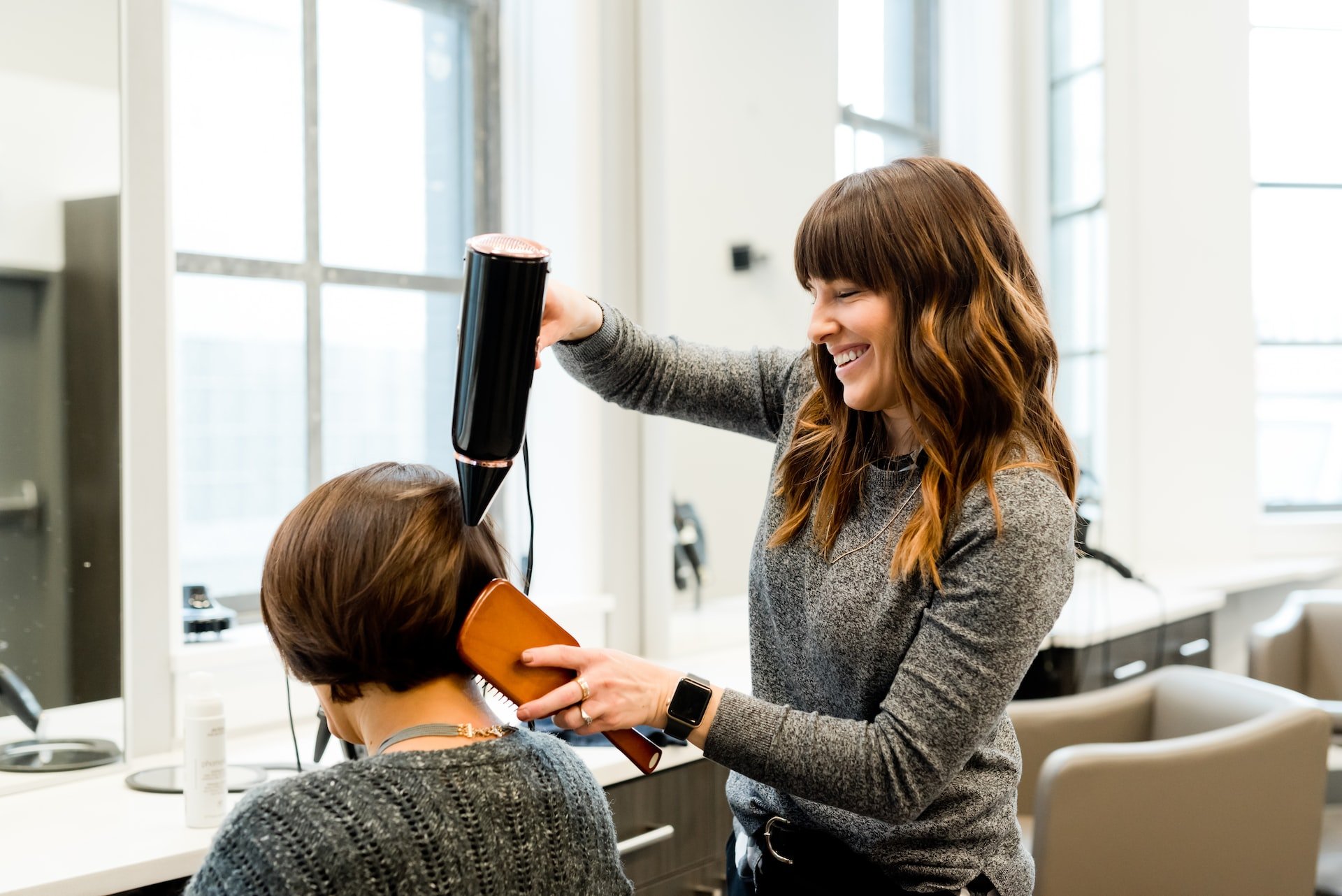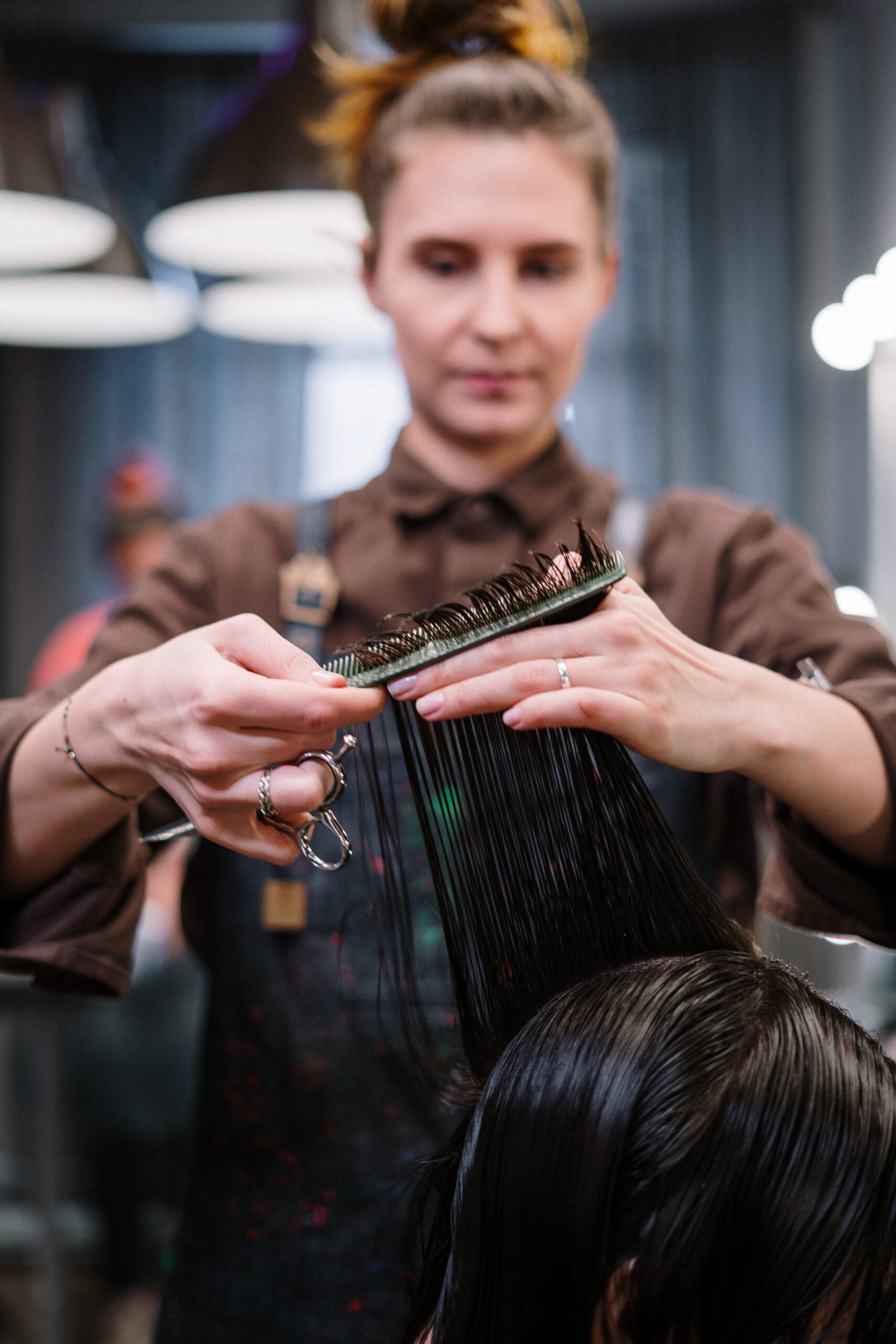minnesota beauty professionals deserve
Belleza,
no obstáculos
The beauty industry is full of opportunity—but state requirements force beauty professionals to take on unnecessary student debt and delay their careers in the industry…while cosmetology schools profit, at the artist’s expense.
Beauty professionals deserve the right to design their own careers in the industry, and deserve more options for training, outside of the traditional cosmetology school model—which in Minnesota costs, on average, over $17,000 per term and requires 1,550 hours to cut and color hair.
That’s a BIG burden, and few other occupations require so much. Typically, aspiring professionals – including in comparable fields – can work on the job, earning and learning from day one, or can choose their own educational path.
The Minnesota Legislature is considering decreasing the cost to enter the beauty industry and increasing opportunities to train outside of cosmetology school.
It’s Not Fair That The Cost To Enter and work in The beauty Industry Can Be Far Too Steep For Too Many.
We want to help change that.
current legislation would:
It’s not fair that the cosmetology system is designed to profit the schools at the expense of beauty artists’ livelihoods. It’s not fair that beauty professionals—many women, people of color, and immigrants—are uniquely targeted.
Educación
Chefs prepare food that is ingested by customers and aren’t required to get a license or go to school. They take a short, simple sanitation course, and the restaurant is subject to inspections. It’s up to the chef whether they want to go to culinary school.
Tiempo
In Minnesota, EMTs – who administer life-saving aid – have to get 150 hours of training to get a license to work. Compare that to 1,550 for cosmetologists.
Regulaciones
Los entrenadores personales no están obligados a tener una licencia. Podría decirse que tatuar es más arriesgado e invasivo que lo que hacen los cosmetólogos, pero algunos estados permiten que los artistas trabajen después de haber recibido unas pocas horas de capacitación sobre patógenos transmitidos por la sangre y enfermedades contagiosas.
help us increase flexibility and accessibility in Minnesota’s Beauty Industry.
Please fill out the form below if you have questions or want to support this legislation, and we will reach out with additional information about the bill.
UN PROMEDIO DE
Los aspirantes a profesionales de la belleza invierten, en promedio, $16,000 para asistir a una escuela de cosmetología requerida por el estado. Además, después de gastar todo este dinero, muchos todavía tienen que recibir capacitación adicional porque su escuela no les enseñó lo que necesitaban aprender.
un promedio de
Los estudiantes a menudo se endeudan mucho con los préstamos estudiantiles para pagar la escuela. Sin embargo, los programas rara vez permiten que los estudiantes se gradúen a tiempo, lo que retrasa o incluso bloquea la entrada de los aspirantes a profesionales de la belleza en el mercado laboral y aumenta la carga de su deuda.
IN MINNESOTA
Minnesota requires 1,550 hours of cosmetology school. Students have reported that they spend much of the practical instruction time standing around, waiting for clients, and performing outdated services.
The current cosmetology system is good for schools, but bad for students.
Research shows that most students—around 75%—are unable to graduate on time in Minnesota, delaying their careers and increasing their tuition costs. They take on significant debt while they’re training.
In school, students perform unpaid services on paying customers. The schools profit twice: Their students pay tuition, and the public pays the school for student services. Students should not have to go to school longer just so cosmetology schools can increase their profits.
Consider the United Kingdom
The uk’s voluntary certification program allows beauty professionals to train and work in salons without a government license. This approach creates new opportunities to work in the beauty industry, especially for people who are unable to afford the steep costs of licensing.
Beauty, Not Barriers is an initiative of the nonprofit Institute for Justice, dedicated to uplifting the beauty industry by breaking down barriers that force far too many beauty artists into debt or out of work, or make it too hard to hire.
Beauty professionals deserve flexibility and options, like so many other occupations enjoy—not a one-size-fits-all approach that demands 1,550 hours of expensive, traditional training, regardless of one’s interests, goals, or background.


